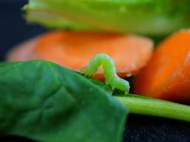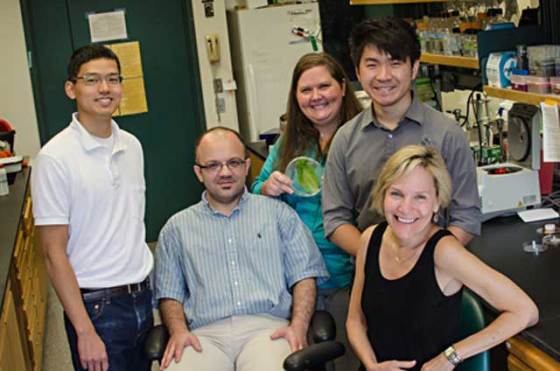Managing plants’ ‘internal clocks’ postharvest could have health benefits
 Researchers at the Rice University and the University of California at Davis have found that managing the circadian clocks of harvested fruits and vegetables could increase their health benefits. Namely, these produces in grocery stores are still alive and know what time it is. This research suggests that the way produce is stored and eaten could have an impact on its nutritional value.
Researchers at the Rice University and the University of California at Davis have found that managing the circadian clocks of harvested fruits and vegetables could increase their health benefits. Namely, these produces in grocery stores are still alive and know what time it is. This research suggests that the way produce is stored and eaten could have an impact on its nutritional value.
The modular design of plants enables individual plant organs to manifest autonomous functions and continue aspects of metabolism, such as respiration, even after harvest. Therefore, harvested vegetables and fruits may retain capacity to perceive and respond to external stimuli.
This research is a follow-up to the team’s previous study on the ways that plants use their internal circadian clocks to defend themselves from herbivores. In this study, the research team simulated day-night cycles of light and dark to manipulate internal clocks of vegetables and fruits, including cabbage, sweet potatoes, zucchini, lettuce, spinach, carrots, squash and blueberries.
Using controlled lighting, they were able to entrain the circadian clocks of postharvest fruits and vegetables. According to the researchers, storing these produces in dark places, such as trucks, boxes and refrigerators may reduce their ability to keep daily rhythms.
“We cannot yet say whether all-dark or all-light conditions shorten the shelf life of fruits and vegetables.What we have shown is that keeping the internal clock ticking is advantageous with respect to insect resistance and could also yield health benefits”, said Janet Braam, professor and chair of Rice’s Department of Biochemistry and Cell Biology.
In the experiments with cabbage, Rice researchers found that cabbage leaves could be manipulated to increase the production of anti-insect metabolites at certain times of day. One of these metabolites, an antioxidant called glucoraphanin or 4-MSO, is known as an anti-cancer agent that has been previously studied in broccoli and other vegetables.
Therefore, manipulation with internal clocks of postharvested crops may be a simple mechanism to promote pest resistance and nutritional value of plant-derived food. Rice researchers also found that they could use light to coax them to make more cancer-fighting antioxidants at certain times of day.
For more information, read the article published in Current Biology: “Postharvest Circadian Entrainment Enhances Crop Pest Resistance and Phytochemical Cycling“.










Leave your response!